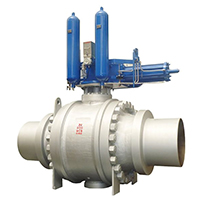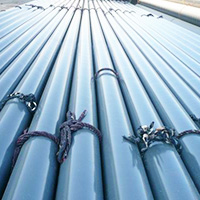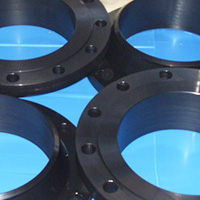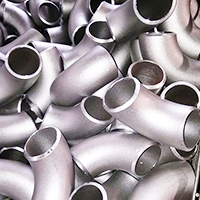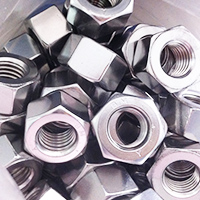Heat Treatment usually does not change the shape and overall chemical composition of the work piece, but by changing the internal micro structure of the work piece or changing the chemical composition of work piece surface, so as to give or improve the performance of the work piece. Which is characterized by improving the internal quality of the work piece, which is usually invisible to the naked eye.
The role of heat treatment is to improve the mechanical properties of the material, eliminate residual stress and improve the machinability of the metal. According to different purposes of heat treatment. Heat Treatment can be divided into two categories: Preliminary heat treatment and final heat treatment.
Preparation Heat Treatment
The purpose of preliminary heat treatment is to improve machining performance, eliminate internal stress and prepare a metallurgical structure for final heat treatment. Heat treatment processes include annealing, normalizing, aging, quenching and tempering.
Annealing and normalizing are used for hot machining blanks. For carbon and alloy steels with carbon content greater than 0.5%, annealing treatment is usually used to reduce their hardness and easy to cut. For carbon and alloy steels with carbon content less than 0.5%m normalizing treatment is used to prevent edge adhesion during low hardness cutting. Annealing and normalizing are usually arranged after the blank is made and before roughing. It can fine grain and uniform structure and prepare for future heat treatment.
Aging treatment is mainly used to eliminate internal stress caused by roughing and machining. In order to avoid excessive transportation workload, aging treatment can be arranged before precision machining of parts with average accuracy. However two or more aging treatments should be arranged for the parts. Simple parts usually do not age.
In addition to casting, for some rigid precision parts ( such as precision screws), In order to eliminate the internal stress generated in the processing process and stabilize the machining accuracy of parts, but also for some shaft parts for processing, and after straightening also need to carry out aging treatment.
Quenching and tempering are high temperature tempering treatments after quenching. The uniform and find tempered structure can be obtained which can be used to reduce the deformation of the surface during quenching and nitride treatment. Therefore, quenching and tempering can also be used as preliminary heat treatment. Because parts have better overall mechanical properties after quenching and tempering, some parts with low requirements for hardness and wear resistance can also be used as final heat treatment processes.
The Final Heat Treatment
The ultimate purpose of heat treatment is to improve mechanical properties such as hardness, wear resistance and strength.
Quenching is divided into surface quenching and integral quenching. Surface quenching is widely used because of its low deformation, oxidation and decarburization. In addition, surface hardening also has the advantages of high external strength, good wear resistance, good internal toughness and strong impact resistance. In order to improve the mechanical properties of surface hardened parts, heat treatments such as quenching and tempering or normalizing are usually required as preparatory heat treatments.
Carburizing quenching is applied to low carbon steel and low alloy steel to increase the carbon content on the surface of parts. After quenching, the surface layer gains a higher hardness, while the heart still retains a certain strength, toughness and plasticity. Carburizing is divided into carburizing and partial carburizing. For partial carburizing should be impermeable. Due to large carburizing quenching deformation, carburizing depth is generally between 0.5~2mm, carburizing process is usually arranged between semi-finishing and finishing.


